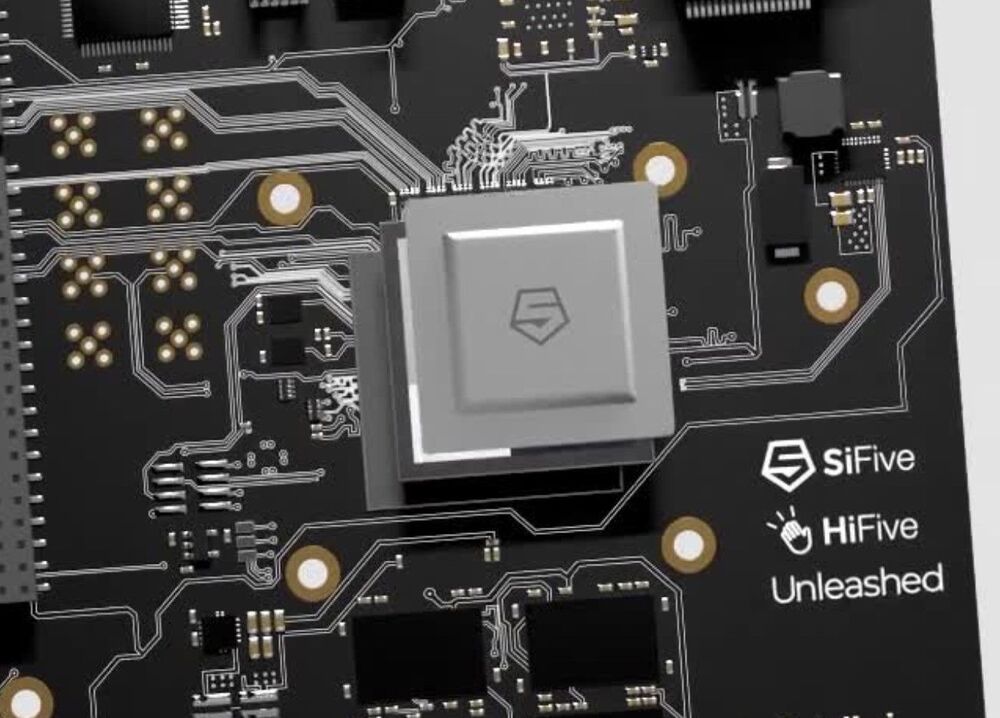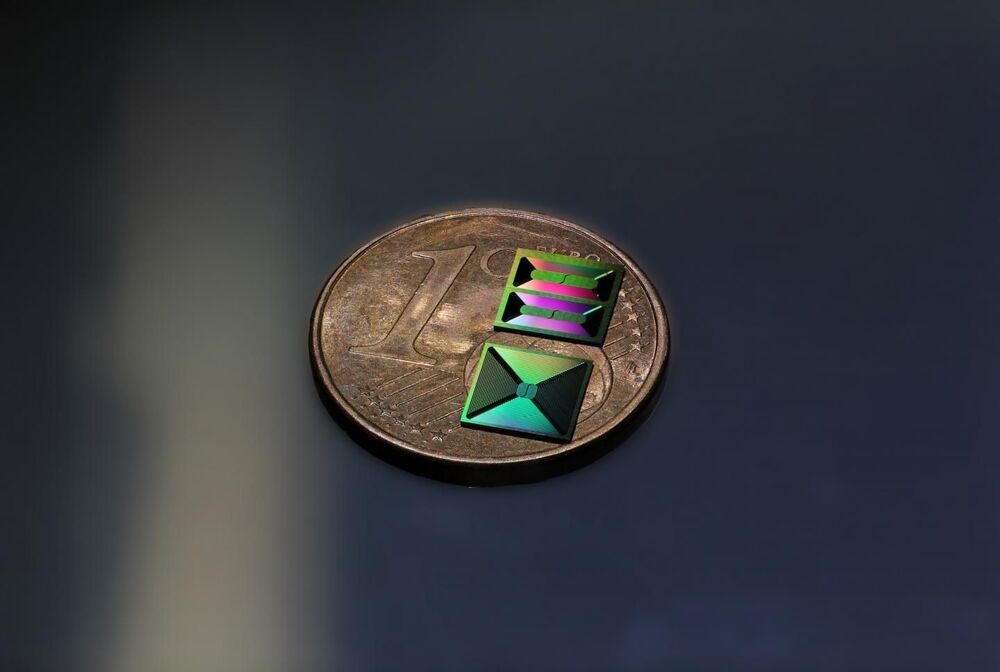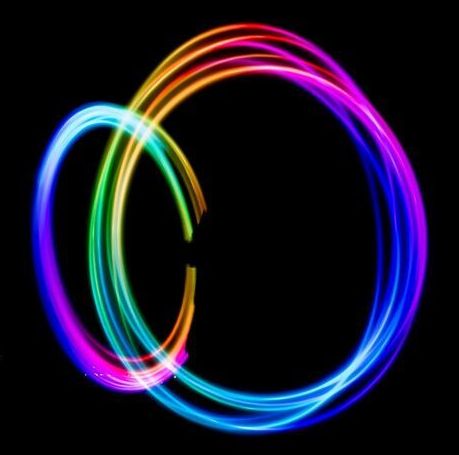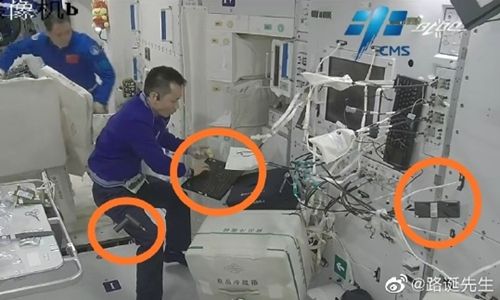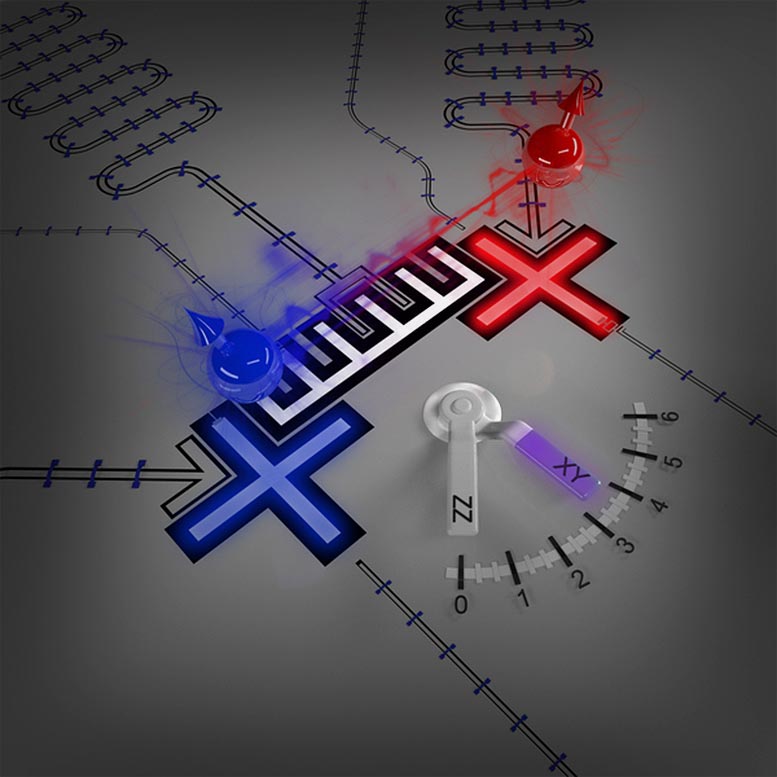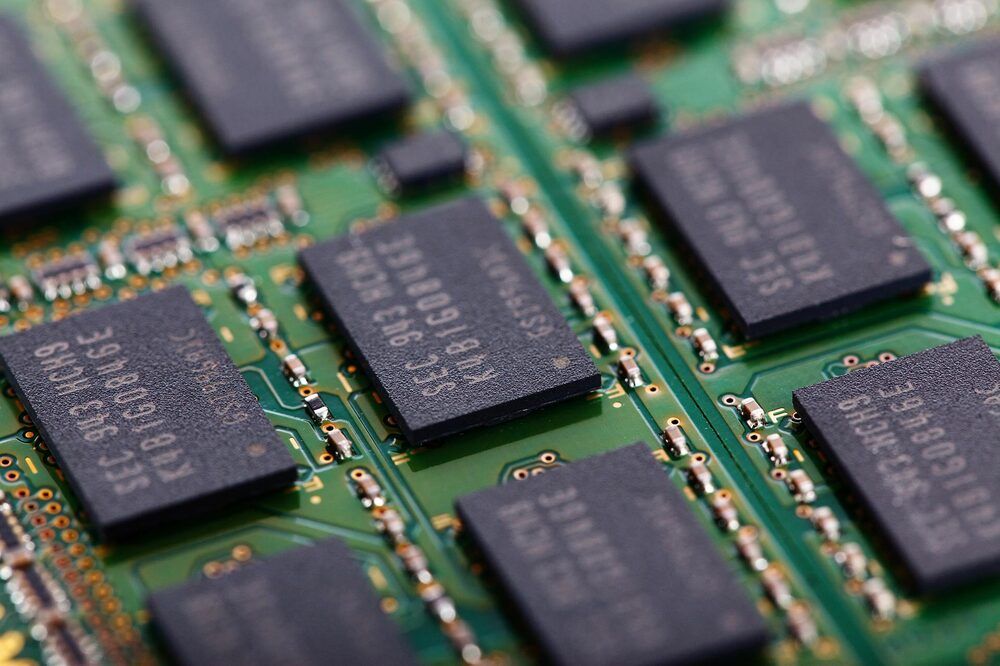The promise of 5G Internet of Things (IoT) networks requires more scalable and robust communication systems—ones that deliver drastically higher data rates and lower power consumption per device.
Backscatter radios—passive sensors that reflect rather than radiate energy—are known for their low-cost, low-complexity, and battery-free operation, making them a potential key enabler of this future although they typically feature low data rates and their performance strongly depends on the surrounding environment.
Researchers at the Georgia Institute of Technology, Nokia Bell Labs, and Heriot-Watt University have found a low-cost way for backscatter radios to support high-throughput communication and 5G-speed Gb/sec data transfer using only a single transistor when previously it required expensive and multiple stacked transistors.

